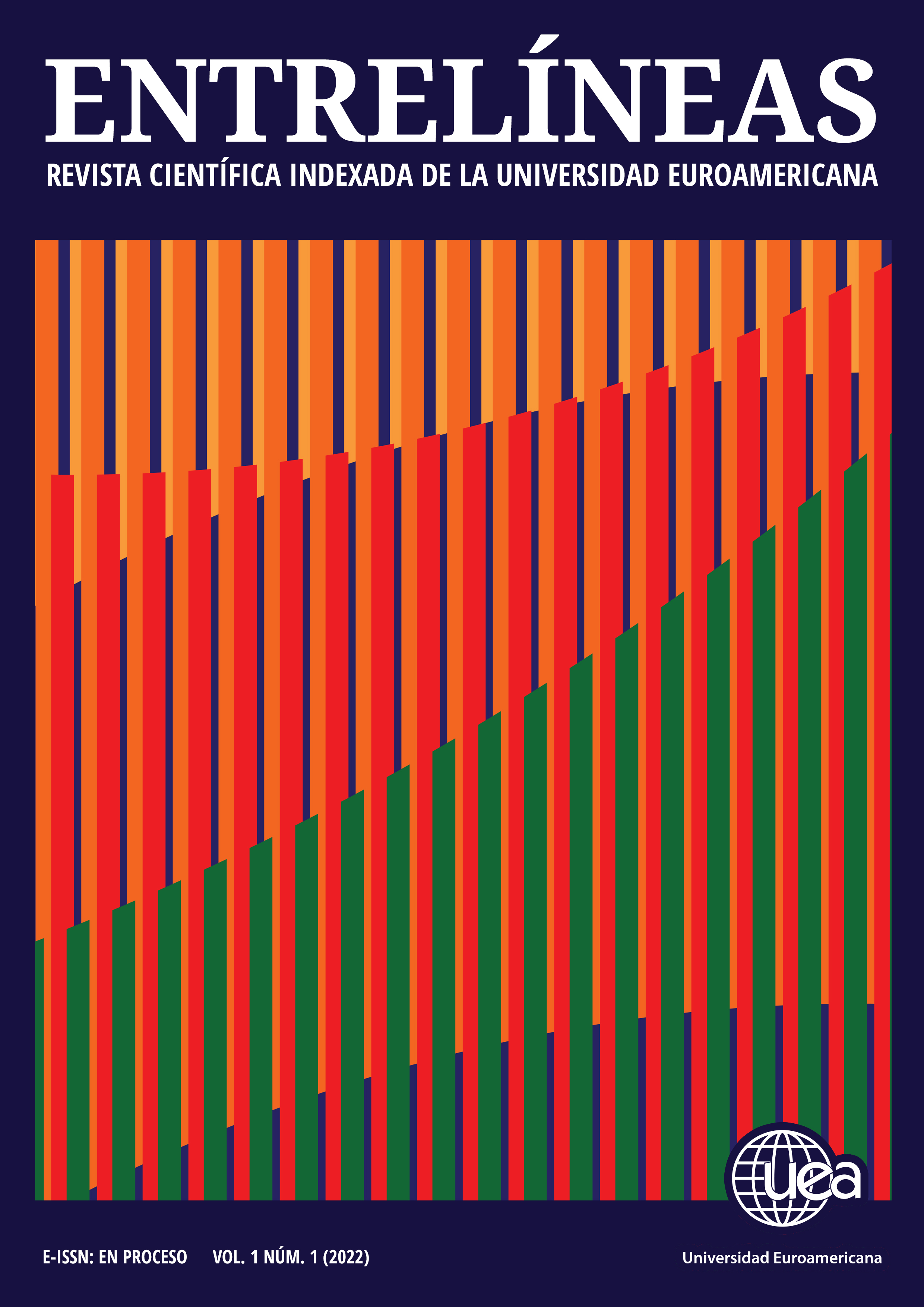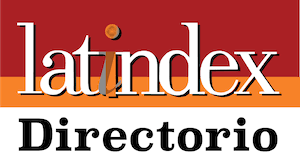Technological tools in learning experiences in virtual education. Case: Nueva Era educational unit
DOI:
https://doi.org/10.56368/Entrelineas113Keywords:
Information and Communication Technologies, Technological tools, Education, Virtual education, learningAbstract
It is a fact that, at present, ICTs play a very important role in the educational process, confirming the quality of the educational act; among other things, because they promote self-learning, critical thinking and, above all, collaborative work in students, regardless of their age or school progress. The objective of this research was to characterize the types of technological tools used by the teachers of the "New Era Educational Unit" in the learning experiences in virtual education. The approach methodology of the object of study assumed a quantitative approach. It was descriptive research, supported by a non-experimental field design. The study sample consisted of teachers, to whom a questionnaire containing questions was applied, which included the two dimensions: synchronous and asynchronous tools. The results of the research identify that an average of 3.75 of the participants, using the technological tools of the synchronous subdimension at a high level. It is concluded that the teachers of the "Nueva Era" Educational Unit implemented resources to meet the requirements of the students, relying on synchronous and asynchronous tools, using platforms such as Zoom, Edmodo and Idukay more frequently.
Downloads
References
Barceló, A., y Sarmiento, J. (2019). El uso de las TIC en la innovación docente. 158. Dykinson. https://elibro.net/es/ereader/uta/129595?page=158
Cáceres, C., Natalia, E., Gálvez, M., y Rivas, B. (2021). Aplicaciones de las plataformas de enseñanza virtual a la educación superior. Dykinson. https://elibro.net/es/ereader/uta/175737?page=32
Conislla, A. (2021). La Comunicación Virtual como Medio de Comunicación. Universidad Privada San Juan Bautista. https://www.researchgate.net/publication/356814269_La_Comunicacion_Virtual_como_Medio_de_Comunicacion
Hiraldo, R., y Sánchez, H. (2020). Tecnología aplicada a la educación. Universidad Abierta para Adultos (UAPA). https://elibro.net/es/ereader/uta/176662?page=17
Malagón Plata, L. A., Rodríguez Rodríguez, L. H., y Ñañez Rodríguez, J. J. (2019). Prácticas pedagógicas y educación a distancia. Sello Editorial Universidad del Tolima. https://elibro.net/es/ereader/uta/119961?page=1
Melo, M. E. (2018). La integración de las TIC como vía para optimizar el proceso de enseñanza-aprendizaje en la educación superior en Colombia. Tesis Doctoral. Universidad de Alicante. https://rua.ua.es/dspace/bitstream/10045/80508/1/tesis_myriam_melo_hernandez.pdf
Ramos, M. (2022). Herramientas virtuales y metodología activa en el desempeño docente en instituciones del nivel primario redes 04 y 09 Callao. Tesis Doctoral. Universidad César Vallejo. https://repositorio.ucv.edu.pe/handle/20.500.12692/84123
Rivera, J. (2022). Uso de herramientas virtuales para mejorar el desempeño en aula de los docentes de educación básica. Tesis Doctoral. Universidad César Vallejo. https://repositorio.ucv.edu.pe/handle/20.500.12692/83356#:~:text=Los%20resultados%20de%20la%20investigaci%C3%B3n,en%20las%20diferentes%20%C3%A1reas%20curriculares
Rodríguez, R., Orozco, E., Rocha, C., y Rodríguez, O. (2017). Transformación de la estructura cognitiva con el uso de herramientas tecnológicas en matemáticas. Universidad Sergio Arboleda. https://elibro.net/es/ereader/uta/212636?page=37
Satorre, R. (2021). Nuevos retos educativos en la enseñanza superior frente al desafío COVID-19. Análisis del proceso de enseñanza-aprendizaje a través de herramientas de comunicación síncrona y asíncrona: caso de la asignatura de Química Física Aplicada. Ediciones OCTAEDRO, S.L. http://hdl.handle.net/10045/119294
Vitalaru, B. (2019). Wikis como herramientas de trabajo colaborativo complementario y desarrollo de recursos para la formación en traducción a nivel universitario: Análisis retrospectivo. Revista de Educación a Distancia. 9(19). https://doi.org/10.6018/red/59/02
Downloads
Published
Issue
Section
License

This work is licensed under a Creative Commons Attribution-NonCommercial 4.0 International License.
You are free to:
- Share — copy and redistribute the material in any medium or format
- Adapt — remix, transform, and build upon the material
- The licensor cannot revoke these freedoms as long as you follow the license terms.
Under the following terms:
- Attribution — You must give appropriate credit , provide a link to the license, and indicate if changes were made . You may do so in any reasonable manner, but not in any way that suggests the licensor endorses you or your use.
- NonCommercial — You may not use the material for commercial purposes .
- No additional restrictions — You may not apply legal terms or technological measures that legally restrict others from doing anything the license permits.









